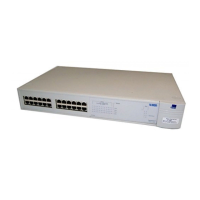
Do you have a question about the 3Com SuperStack II 3300 and is the answer not in the manual?
| Model | SuperStack II 3300 |
|---|---|
| Type | Managed Switch |
| Stacking | Yes, up to 8 units |
| RAM | 8 MB |
| Flash Memory | 4 MB |
| Operating Humidity | 10% to 90% non-condensing |
| Management | Web-based, SNMP, CLI |
| Power Supply | Internal AC 100-240V |
| Weight | 3.2 kg |
| Form Factor | Rack-mountable |
| MAC Address Table Size | 8K entries |
| Status Indicators | power |
| Compliant Standards | IEEE 802.1D, 802.1Q, 802.3, 802.3u |
| Jumbo Frame Support | Yes |
| Operating Temperature | 0°C to 40°C |
Guides the user on how to use the manual effectively and find specific information.
Explains icons, text formatting, and key conventions used throughout the guide.
Defines key terms and acronyms used in the document for clarity.
Provides an overview of the Layer 3 Module and its role in the SuperStack II Switch family.
Details the software features like IP v4 Unicast/Multicast Routing and Static Routes.
Introduces basic Layer 3 switching concepts for new users.
Lists the advantages of using Layer 3 switches in a network.
Presents various network scenarios demonstrating the use of the Layer 3 Module.
Shows how to divide a LAN into two VLANs to manage traffic flow.
Demonstrates using Layer 3 Modules for routing packets between VLANs in heavy traffic scenarios.
Outlines the steps to integrate the Layer 3 Module into an existing network infrastructure.
Provides critical safety warnings and precautions before installing the module.
Provides step-by-step instructions for physically installing the Layer 3 Module into the switch.
Details the initial IP address configuration required to manage the Layer 3 Module.
Lists the factory default values for SNMP, system, passwords, and IP configuration.
Specifies the default SNMP community strings and their values.
Details the default passwords for different access levels (admin, write, read).
Describes basic checks to verify correct installation and operation.
Explains the meaning of the Switch Module Status LEDs for troubleshooting.
Outlines the ways to manage the Layer 3 Module: Web interface, Telnet, or network control software.
Provides instructions on how to access and log into the module's Web interface.
Details the three password access levels (Administer, Write, Read) and their privileges.
Introduces the Web management application (WebConsole) for managing the Layer 3 Module.
Details the three areas of the Web management interface: Tabs panel, Menu tree, and Workspace.
Explains configuring SNMP community strings and trap reporting for external management.
Provides steps for downloading and installing system software using TFTP.
Details setting passwords for three access levels: Read, Write, and Administer.
Explains managing nonvolatile data, including backup, retrieval, and reset.
Describes backing up nonvolatile data to a host computer using TFTP.
Guides on resetting the module's configuration to factory default values.
Explains how to display VLAN information learned by the module from the host switch.
Defines the relationship between VLANs and subnets, and characteristics of IP interfaces.
Explains how the module maintains routing tables and manages static and dynamic routes.
Explains the Open Shortest Path First (OSPF) protocol and its areas.
Describes configuring OSPF characteristics on existing IP VLAN interfaces.
Explains the link state database containing information about different link state advertisements (LSAs).
Explains how routers exchange OSPF routing tables.
Explains setting up virtual links for connecting areas not directly connected to the backbone.
Details selecting RIP modes (Disabled, Learn, Advertise, Enabled) for interfaces.
Explains the ping feature for network testing and performance measurement.
Guides on using the ping command with default options to test host connectivity.
Explains the traceRoute feature for tracking IP packet routes through a network.
Guides on identifying problems and suggesting solutions when the cause is unknown.
Explains the meaning of the Switch Module Status LEDs for troubleshooting.
Details operating temperature, storage temperature, and humidity requirements.
Lists agency certifications related to product safety standards.
Specifies EMC emissions and immunity standards the product complies with.
Introduces the Configuration Application for software installation and factory default restoration.
Provides steps to access the Configuration Application via Telnet and a recessed switch.
Guides on downloading new application images using a TFTP server.
Explains how to reset the module's configuration and passwords to factory defaults.
Lists various online support systems provided by 3Com.
Guides on contacting network suppliers for assistance and required information.
Defines Address Resolution Protocol for mapping IP to hardware addresses.
Defines Dynamic Host Configuration Protocol for dynamic IP address allocation.
Defines Open Shortest Path First, an alternative to RIP for routing.
Defines Virtual Local Area Network as a group of devices communicating as if on the same physical LAN.
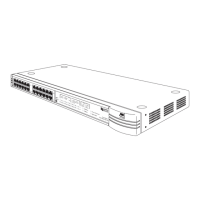
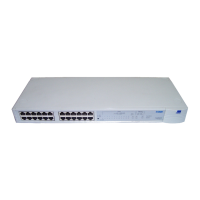

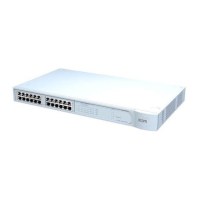
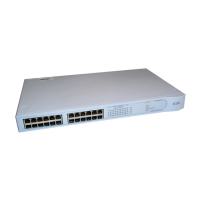
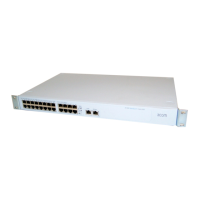
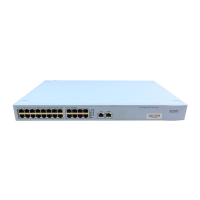
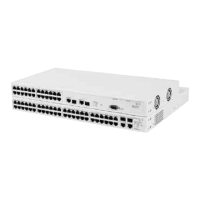
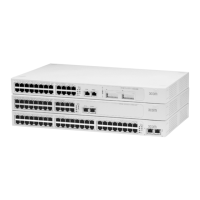

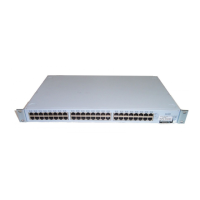
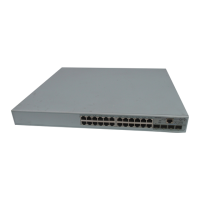
